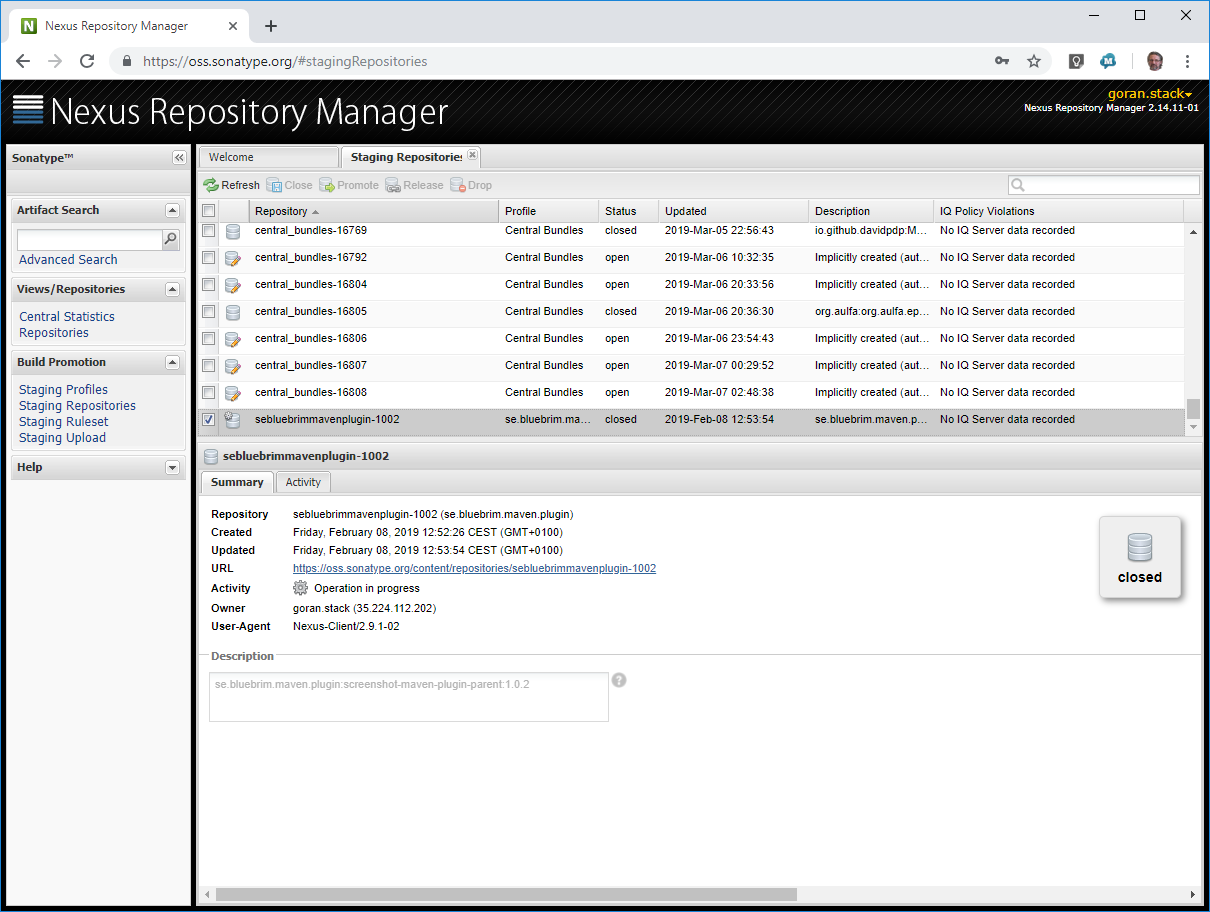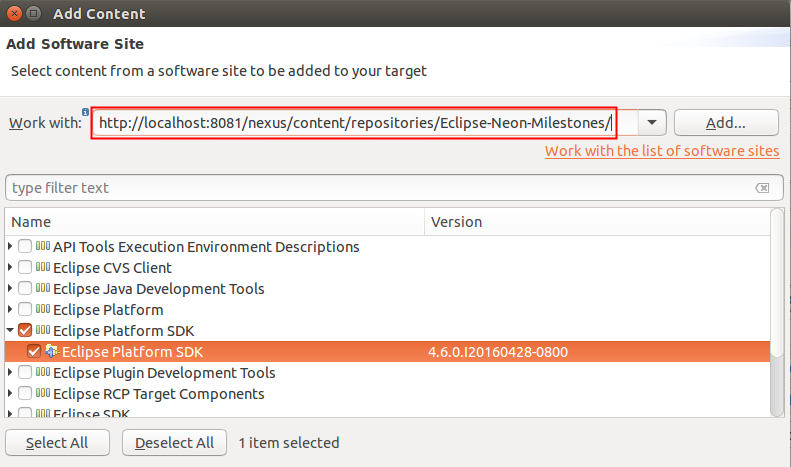

Both motors suffered major internal damage and are not worth taking care of. If you want to deploy your artifacts to your Nexus, you need to configure 2 files: pom.xml and settings.xmlĪ) pom.xml – for each project which wishes to publish to Nexus, add your repo to the pom.xmlī) settings.xml – If you have disabled anonymous access to Nexus, add the deployment password to your ~/.m2/repository/settings.Jet ski for sale marylandJetSkis & Watercrafts for Sale in Baltimore (1 - 15 of 28) $1,500 2 Jet Ski Hulls Only a 2013 and a 2012 Baltimore, MD I Have a 2013 Kawasaki STX-15F Hull and a 2012 Kawasaki STX-15F hull. ‘Save’ Step 7: Using Nexus: reading and publishing artifacts Retention(days)=3, Recurrence=Daily, Recurring time=2:00 -> click Repository/Group=Snapshots (Repo), Minimum Snapshot Count=1, Snapshot Tasks -> Add… -> name=”Remove old snapshots”, This, you will notice that the Nexus disk usage will increase with time.Īdmin login -> Left menu -> Administration -> Scheduled Snapshots for the same GAV (group, artifact, version). If you or your CI server publishes snapshots to Nexus several timesĪ day, then you should consider adding a task to delete duplicate/old If you are running Nexus behind Apache using mod_jk or mod_proxy, change your base url here.Īdmin login -> Left menu -> Administration -> Server -> Application Server Settings -> Base url Step 6: Add a task to periodically remove old snapshots Password mostly works on a linux machine) Step 5: Change Base Url >SMTP Settings -> (host localhost, port 25, no login, no It is a good idea to configure SMTP server, so that you can receive emails from Nexus.Īdmin login -> Left menu -> Administration -> Server User’ in the user list -> Set Password -> click ‘Set password’ to

If you want to secure access to nexus, disable ‘Nexus anonymous user’Īdmin -> Left Menu -> Users -> ‘Nexus anonymous user’ -> Status=DisabledĬ) Deployment user: Change password for deployment userĪdmin -> Left menu -> Users -> Deployment user -> Change email addressĪdmin -> Left menu -> Users -> Right click on ‘Deployment Login -> -> Left Menu -> Security -> Change Password -> click “Change Password”ī) Anonymous Access: By default Nexus is open to the public. Login as admin and change the password to a secure password. Though not required, it is a generally good idea to restart tomcat after installing a new war /etc/init.d/tomcat restart /etc/init.d/tomcat restart Step 3: Configure securityĪ) Change default admin password: The default admin username/password is admin/admin123. In your pom.xml and settings.xml in order to read and publish artifactsĭownload Nexus from here (at the time of writing, latest is 1.6.0) Step 2: InstallĬopy the war to TOMCAT_HOME/webapps/nexus.war

It shows you practical configuration and includes code snippets that go (Maven Repository Manager) under Tomcat, or another webapp container. This tutorial outlines steps required to install Nexus


 0 kommentar(er)
0 kommentar(er)
